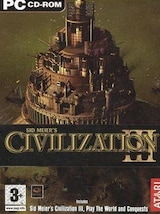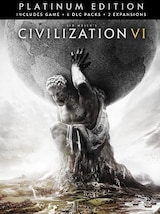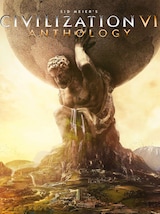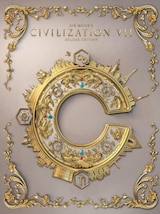Any player who has ever dabbled in turn-based strategy games has heard about the Civilization series. For the first time, players were able to play God on such a massive scale, creating entire civilization and leading them from darkness of prehistory to a bright future.
How did a game developed by a small and relatively unknown studio become an instant classic? Let’s dig into the history of the series and find out what made it so popular.
I am your Creator!
The story of Civilization series begins in 1989, two years before the title saw its premiere. It was at that time when Sid Meier, founder of MicroProse development studio, decided to create a new game. Until then, MicroProse was known mostly for flight simulators and military games.
Meier, inspired by the successes of God simulator games such as SimCity, decided that the next game of the studio would be similar to these titles, where creation and thriving were put ahead of the destruction. The first attempt at that was Railroad Tycoon, a game where the player’s task was to manage their own train empire. Further development efforts lead to the creation of the first Civilization game in 1991.
4X means four times more fun
The Civilization series was a groundbreaking title. It was the first game in history to include the 4X system. The name stands for “explore, expand, exploit, and exterminate”. The core gameplay elements of the series remained the same throughout its run.
The player’s main task is to create a civilization, starting in ancient times and continuing its development into the future. As the time progresses, the player will have to expand their empire, explore uncharted lands and exploit its riches, as well as exterminate any opposition that might stand in the way of the player’s progress.
Civilization 1
| Year of release: | 1991 |
| Historical period: | ancient times – future |
The first title in the Civilization series was indeed a breakthrough not only for Sid Meier and MicroProse, but the entire genre.
Thanks to implemented solutions, such as the 4X system, as well as the development of culture and technology, Civilization provided an interesting respite from the usual turn-based strategies. The player could feel like a true god of their people, spreading their influence across the globe and establishing monumental structures, all so that their nation could flourish and prosper.
Civilization II
| Year of release: | 1996 |
| Historical period: | ancient times – future |
The second installment introduced first changes to the series, following Sid Meier’s policy of improving and adding new features to each sequel.
The top-down camera angle was changed to an isometric view. Battle units were improved with hitpoints and firepower features. “Civ II” added new units and change the traits of already existing ones. Another new feature added in the game was turning to “high council” for advice. This meant watching recordings of actors portraying specific characters, who provided help on matters such as war, diplomacy, technological progress, etc. Often comical exchanges between advisers added theatrical flair to the game.
Civilization III
| Year of release: | 2001 |
| Historical period: | ancient times – future |
The third game in the series further improved on the features introduced in previous installments. Scientific research plays an important role in developing the player’s civilization.
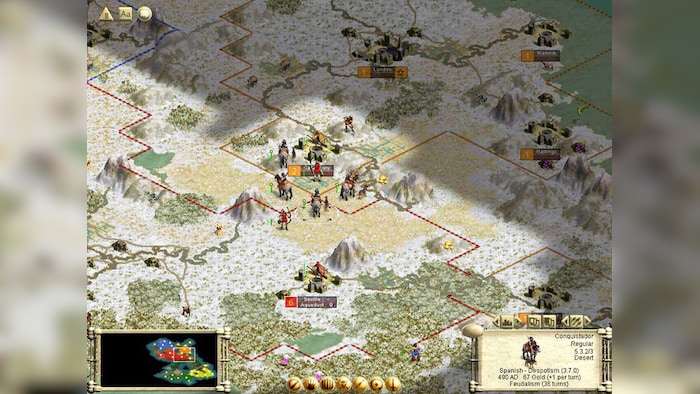
By completing research on technologies, new upgrades become available, providing new units and buildings. Another feature heavily improved upon is corruption, which causes massive damage to cities economy and productivity. The player can combat corruption by erecting wonders or establishing courthouses and police stations within the city walls.
Civilization IV
| Year of release: | 2005 |
| Historical period: | ancient times – future |
Civilization IV adds new features and continues improvement of the old ones. The fourth installment heavily emphasizes customization, with the player being given access to software development kit and map editor.
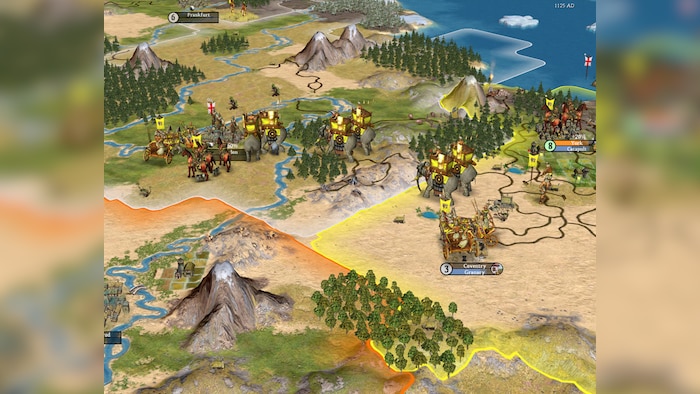
The player can also use the in-game feature of World Builder, which allows creating new maps, entirely from scratch. “Civ IV” emphasizes the role of certain aspects, such as religion, which can impact diplomatic relations with other nations as well as the functioning of government.
Civilization V
| Year of release: | 2010 |
| Historical period: | ancient times – future |
Civilization V features 18 playable civilizations, which include ancient Rome, Aztecs, America, China, Japan, France, etc.
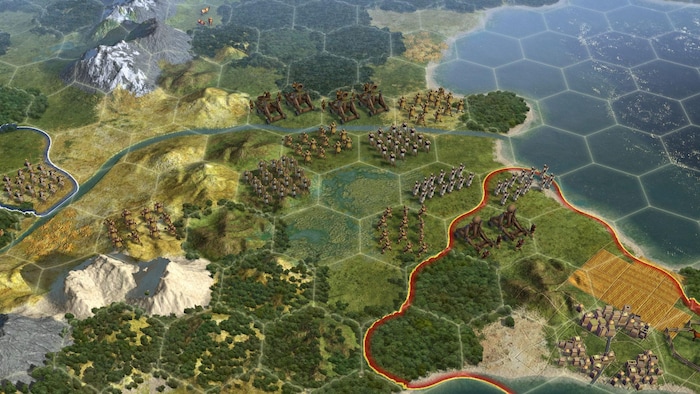
Each civilization is represented by their leader, now fully animated, who speaks in their native language. In improvements, players can now purchase social policies with acquired culture, interact with city-states, a novelty in the series. Civ V emphasizes tactical solution over the overwhelming enemy force with numbers.
Civilization VI
| Year of release: | 2016 |
| Historical period: | ancient times – future |
The sixth entry in the legendary strategy franchise introduced a host of notable features. Among them are the day-and-night cycle, the division of cities into specialized districts, and the Eureka system that accelerates research when specific in-game conditions are met.
The player can now counter overpopulation of their cities with specific buildings and points of access to fresh water. Diplomacy evolves with the passage of time, adjusting to changing eras, and gossip and espionage are main ways of finding out about the enemy nations’ activity.
Civilization VII
| Year of release: | 2025 |
| Historical period: | ancient times – future |
Sid Meier’s Civilization VII marks the next stage in the legendary 4X strategy series, bringing more complex city management, dynamic diplomacy, and enhanced environmental mechanics to the forefront.
Building on its predecessor’s innovations, this installment introduces an expanded district system that now interacts more strategically with terrain, rewarding careful planning and specialization.
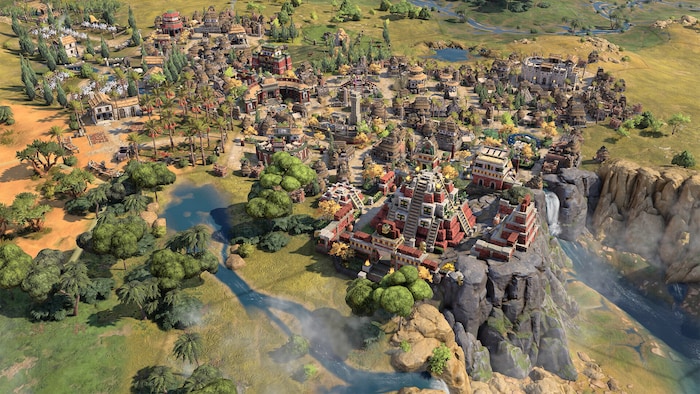
Diplomacy underwent a major transformation, offering expanded treaties, shifting alliances, and more reactive AI leaders who respond dynamically to your decisions. Espionage plays a larger role than ever, with new intelligence tools that let players manipulate rival civilizations from behind the scenes.
In the name of the progress
For over 30 years, the Civilization series has shaped the turn-based strategy genre, earning widespread acclaim and inspiring countless titles with its signature 4X gameplay—explore, expand, exploit, and exterminate. Now, the franchise is poised for its next stage of evolution with the upcoming release of Sid Meier’s Civilization VII, set to launch on February 11, 2025.
This highly anticipated installment introduces a new approach to leader and civilization pairings, allowing players to mix and match historical figures with different nations for unprecedented strategic possibilities. The game is structured into three historical ages—Antiquity, Exploration, and Modern—each featuring unique challenges and opportunities.





